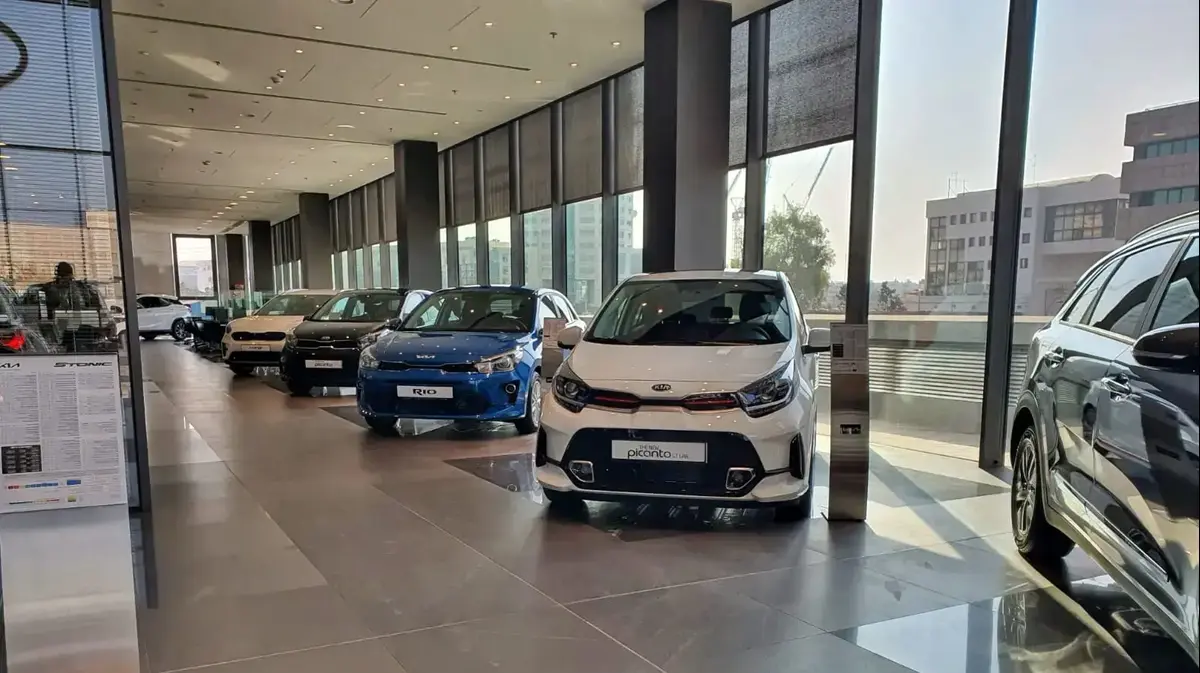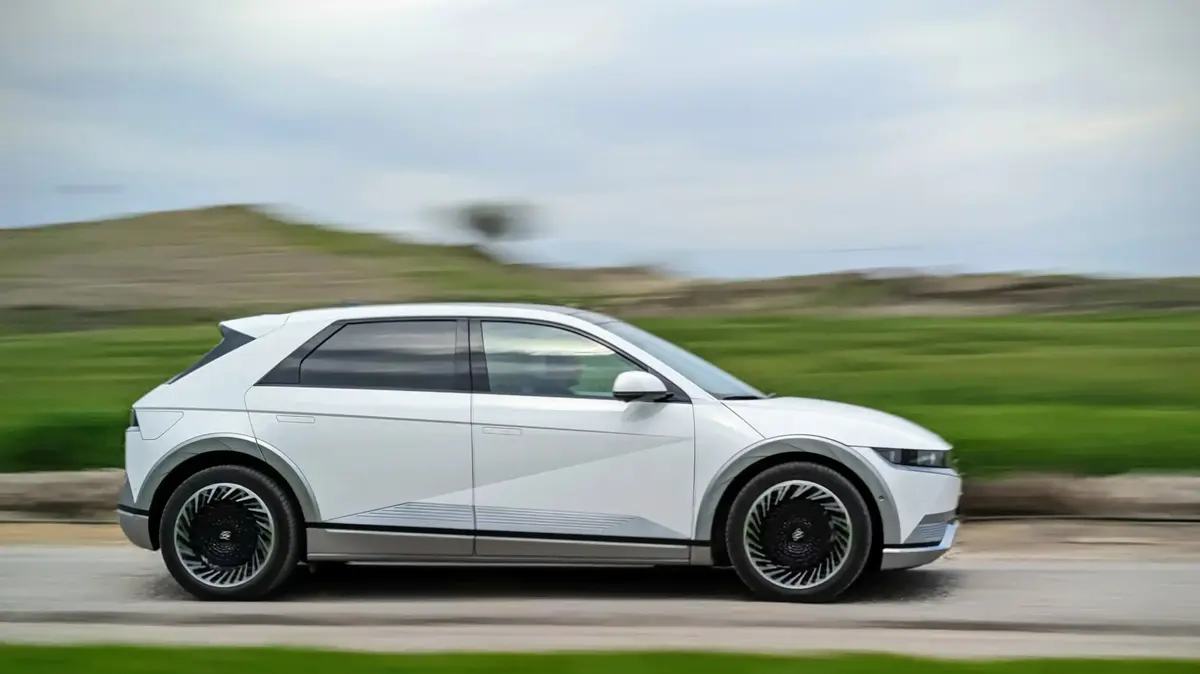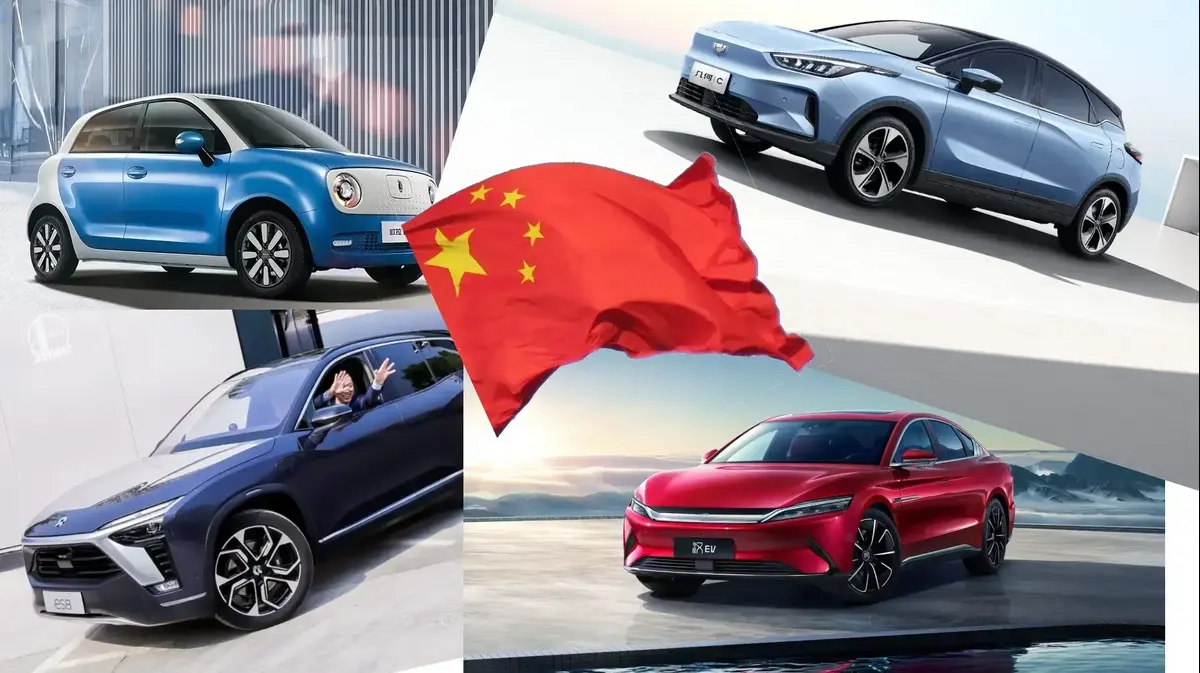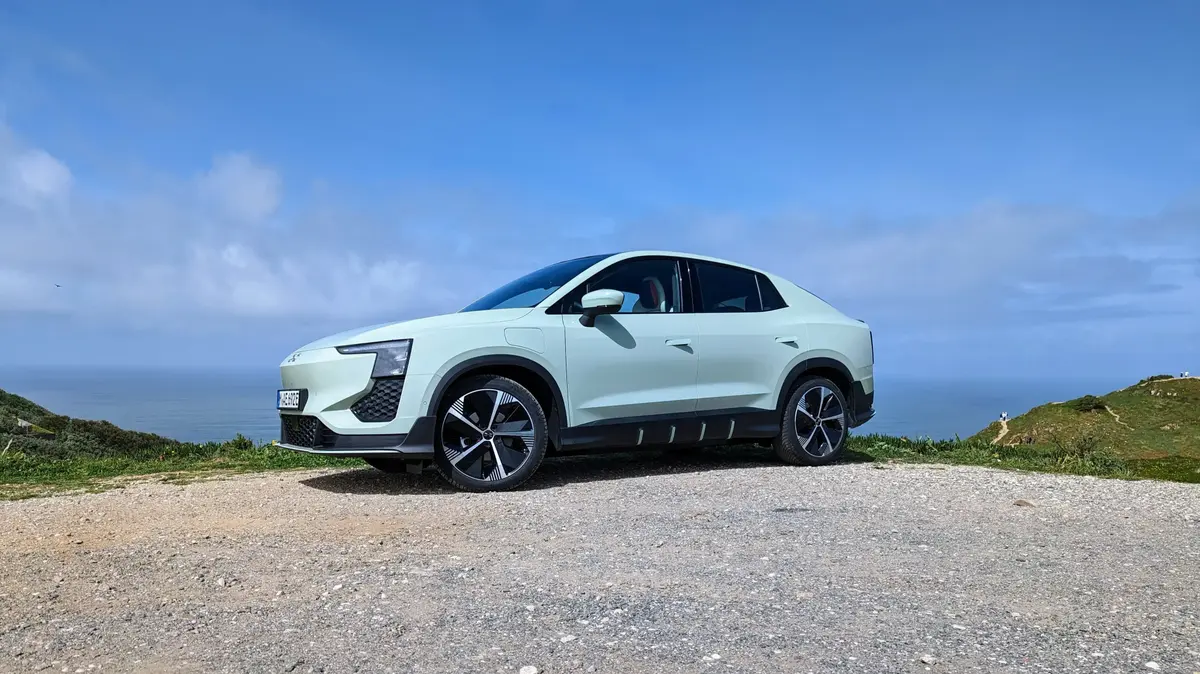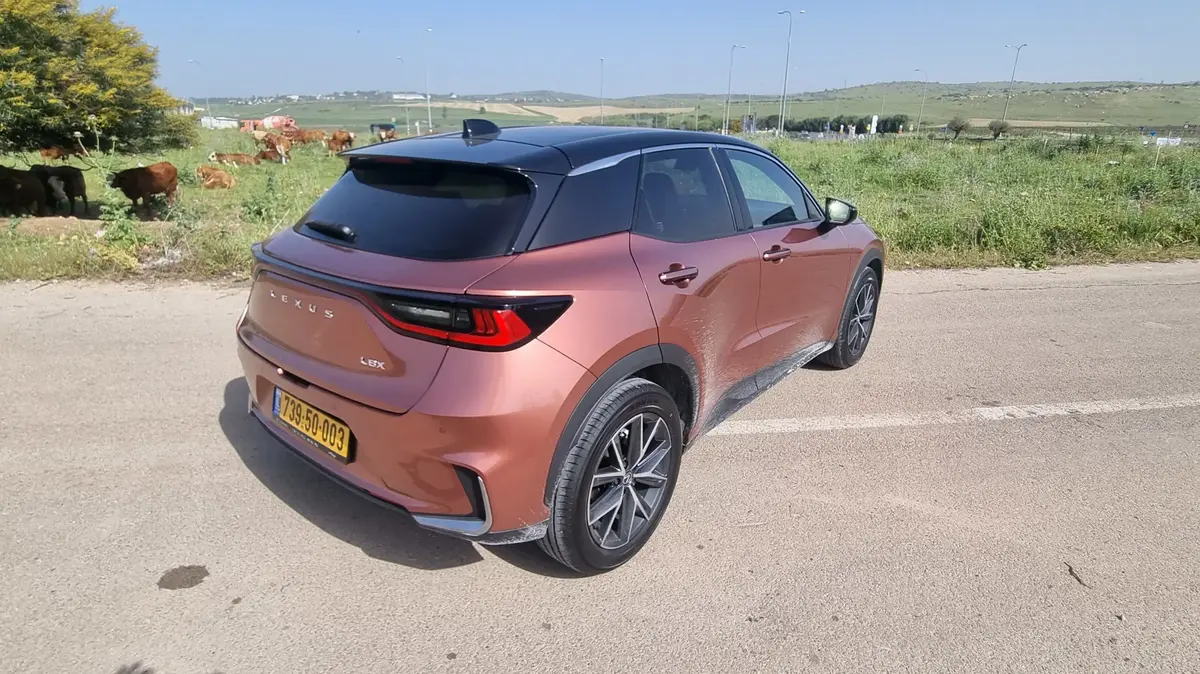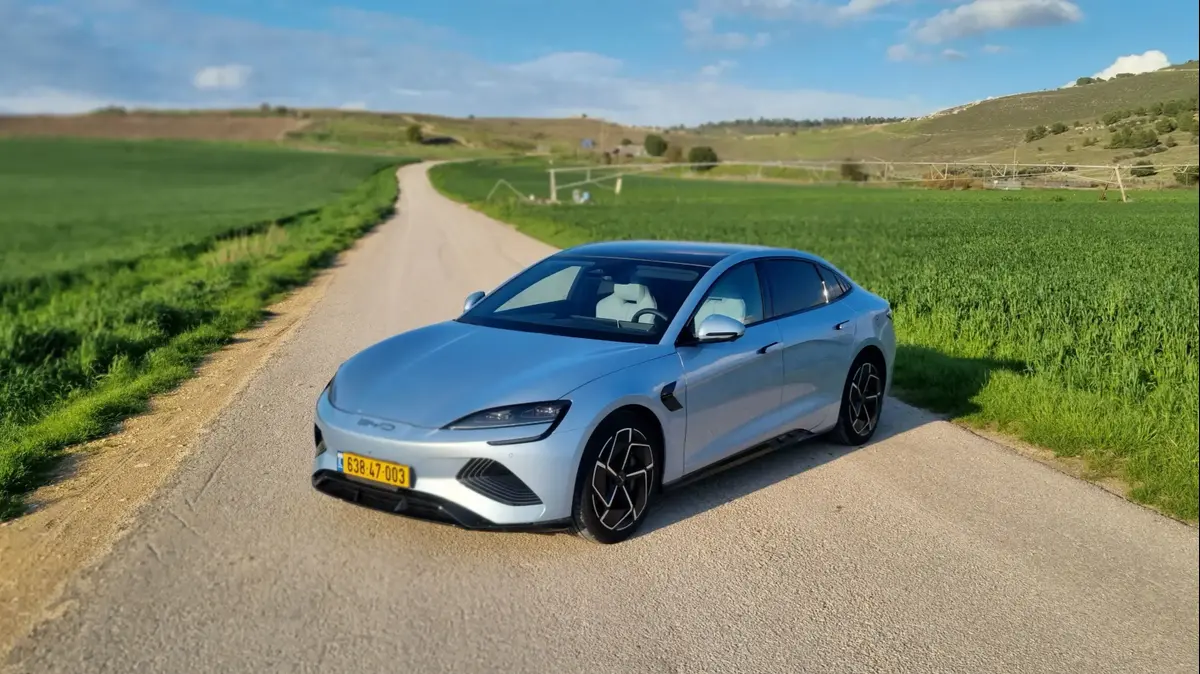"Walla! Car" analysis: The car market in 2021
The summary of the year 2021 in which Israelis attacked the new cars in an unprecedented way is more than a grocery list of brands.
Everything you must know and have not been told about the craziest year of the market
Keenan Cohen
03/01/2022
Monday, 03 January 2022, 13:10 Updated: 13:38
Share on Facebook
Share on WhatsApp
Share on Twitter
Share on Email
Share on general
Comments
Comments
If in January 2021 someone had told us how this year would end, we would probably have smiled understandingly and explained to him that this is not how things work.
The level of morbidity, the evolving chip crisis, the economic uncertainty in the economy, the rising shipping costs.
In fact, with the exception of the forecast of an increase in hybrid car sales as a result of the expected tax increase - because there is nothing more fixed than taxes and death - any forecast was a guess at one level or another.
But if there is one thing that 2021 has taught us it is a lesson in modesty and our ability to control variables and public behavior, no matter if it is in showrooms or gathering regulations.
More on Walla!
The brain in neutral: Israelis attack cars
To the full article
Over 300,000 new cars on the crashing roads (Photo: Reuven Castro)
So let's start with the obvious ones, the total numbers. 301,214 new cars were sold in Israel in 2021, an all-time record - it's clear it's known. Even the fact that this is a 36 percent increase from 2020 sells closures and catastrophes does not surprise anyone. But two hidden data that we extracted with the help of the information systems of the "Karzon" website are something you probably will not read anywhere else - these people who bought these cars - paid much more than before for the pleasure of standing firm in traffic.
"2021 was a very unusual year in the car market," explains Amir Weinstock of Karzon.
Yes, with an average increase of 7 percent in the price of a car for the private customer, the average price of a new car stabilized at NIS 186,890.
For comparison, the numbers in 2020 were NIS 174,565 and in 2019 the average price was 163,308.
We do not know if the public is dumb, but he probably pays a lot.
More on Walla!
Special!
Walla! Vehicle Analysis: Tesla is Israel's new bestseller
To the full article
A jump in the number of new cars, also in relation to the years before the Corona (Photo: screenshot, screenshot)
But there are also explanations, and these relate to demand, the chip crisis and the tax authority.
"The great demand was due to a combination of a shortage of about 40,000 vehicles that were not sold in the previous year 2020 and created a shortage of natural demand for vehicles. In addition, more people prefer to travel by private car rather than public transport because of the continued corona waves," explains Weinstock.
He also notes the effects of the global vehicle manufacturing crisis due to a shortage of chips in the industry, "delivery times are significantly longer, and can reach up to 8 months from the order date", but when it comes to price impact, it has another meaning - "Manufacturers prefer to produce Vehicles that pay more for them, that is, the more expensive ones. "
The trams and plugs do not take off (Photo: screenshot, screenshot)
The outline of the tax authority, which consistently reduces the tax benefits for hybrid cars and plug-in cars that began in 2021, also led to price increases for these cars, which at the same time increased their market share, usually to take advantage of existing benefits before they were reduced.
Translated into shekels, only these tax changes amount to price increases of between 6,000 and 10,000 shekels, to which must be added the effects mentioned above.
"As in any market, a combination of increasing demand on the one hand and reducing supply on the other leads to one thing: price increases," concludes Amir.
Tesla Model 3. A dizzying success in penetration like no other has been seen in the local market for years (Photo: Keinan Cohen)
The big players
2021 was also a dream year for car importers, all of whom without exception recorded significant growth, but not only in relation to the unrepresentative 2020 data, but also some of them who recorded all-time records as in the case of table leaders.
In terms of rankings no change, Colmobil, importer Hyundai, Mitsubishi and Mercedes is still the largest with 60,392 dedications this year, Union Motors in second place with 43,723 units and Talkar importer Kia with 40,498 new cars.
In fourth place is Champion Motors and the first five are closed by Kerso Motors.
The big importers maintain their power (Photo: screenshot, screenshot)
And in line with the importers' data, so is the ranking of the five leading brands in the local car market.
Toyota, Hyundai, Kia, which as mentioned have each sold over 40,000 vehicles, are responsible for the main share of the local market.
Skoda retains its fourth place and debut in the European manufacturers division thanks to the Octavia and Kodiak and Mazda records a recovery and numbers like it has not seen in years with 15,136 units.
The leading manufacturers - all improved the data (Photo: screenshot, screenshot)
In the list of best-selling models, we continue to present the full truth data of the market, those that divide new car sales into those that reflect the reality of the private customer. The overall numbers picture of the models produces a distorted look that combines the numbers of sales to vehicle fleets and sales data to private customers. As you can see, in our test that relies on registering the ownership of the model in the Department of Transportation, these are two realities that do not necessarily match each other. For example, while cars such as the Toyota Corolla (best-selling in both groups) and Kia Picanto (fourth place for individuals and third in the car fleet) show a connection in demand - in the vast majority of the car there is no identity in their condition.
The Tesla Model 3 is the car that is in second place with a dizzying achievement of 5,208 units per year (200 units less than the Corolla) not registered at all under the ownership of a vehicle fleet or company.
Toyota C-HR with 4,151 units for private does not even enter our list that touches up to 33rd place.
On the other hand, Hyundai Ionic which is in second place in sales to vehicle fleets with 10,819 units recorded negligible numbers in the private market.
So is the Octavia with 5,010 units in the fleet and 1,692 units in the private sector.
So the next time someone tells you about "best-selling", the question should be "sold to whom?"
For who gets a discount or who chooses and pays for the car with his own money?
And that the others will sell you lukes.
Israelis attack jeeps (Photo: Keinan Cohen)
As for the category cake, what was is what happened and as far as can be predicted - whatever will be.
The crossovers and small Jeeps (B SUVs) like Hyundai and New and the like, which make up 28 percent of the market.
They are followed by family cars like the Toyota Corolla and Hyundai Ionic (much thanks to the vehicle fleets, which are their major buyers) and make up 18 percent, in third place again are compact Jeeps and crossovers (C SUVs) such as the Hyundai Tucson.
The super mini group, where you can find models like the Seat Ibiza maintains its power with 12 percent (here too, thanks to car fleets and rental companies).
From then on these are mini cars (8 percent), luxury Jeeps and crossovers (6 percent), luxury and premium (5 percent) and onwards with large family cars, and vans (3 percent each), medium and large crossovers and vans (2 percent each).
Those who buy and those who buy vehicle fleets (Photo: screenshot, screenshot)
The parallel import raises its head
While veteran car importers are still the dominant force in the market, the reform significantly facilitates parallel imports of car brands, including requiring official importers to provide service and respect the warranty for parallel import cars, and other factors have led to an increase in parallel importers in recent years.
These do not yet offer the transparency in prices and uniformity of the finish levels they import, but are steadily increasing their share.
For example, by the end of 2021, their share was 3.5 percent of the total market with 10,516 vehicles arriving in parallel and tiny imports.
This may not be a significant number, but in terms of growth, this is an increase of 70 percent compared to 2020, which also in turn showed a 27 percent increase compared to 2019.
So this is definitely a trend.
Volkswagen Artaun, only in parallel imports (Photo: Keinan Cohen)
And this is a trend that will not necessarily be stopped.
For it is precisely the chip crisis that makes it difficult for official importers to make cars highly available to customers, transferring them to the corresponding importers.
Those that get their hands on small stocks and excess demand in other markets and bring in smaller numbers produce an immediate response for customers who do not want to wait long months for delivery.
Another aspect is differences in the levels of finish and the proposal of engine combinations that the official importers do not bring to Israel.
Among the parallel importers, AutoMex, which imports quite a few Toyota models, is the largest with 2,510 units, followed by Ayalon with 1,778 units, Autopoint, Guy Maor and Yahad Motors are in third to fifth places with 764, 413 and 297 units, respectively.
And which models buy the most in parallel imports?
Toyota Corolla and C HR (with 2,164 and 803 units respectively), followed by Jeep Wrangler, Toyota Camry and Skoda Superb.
From the stars of the tiny import - Mercedes S-Class (Photo: Keinan Cohen)
And although in some cases the prices in parallel imports overlap or are slightly cheaper than those of the official importer, the presence of luxury models in which the "coupon" of an official importer is larger and therefore pays off for parallel or tiny imports - jumps the average price of a parallel import car.
If for the official importers the average price of the new cars is NIS 180,795, for the parallel importers the average price is NIS 244,940 (again, in the absence of segments like mini and super mini that "drag" down the average).
In the tiny import, no surprise - the highest prices with an average of NIS 417,242.
vehicle
Car News
Tags
Sales
New vehicle
Car market
New cars
2021

